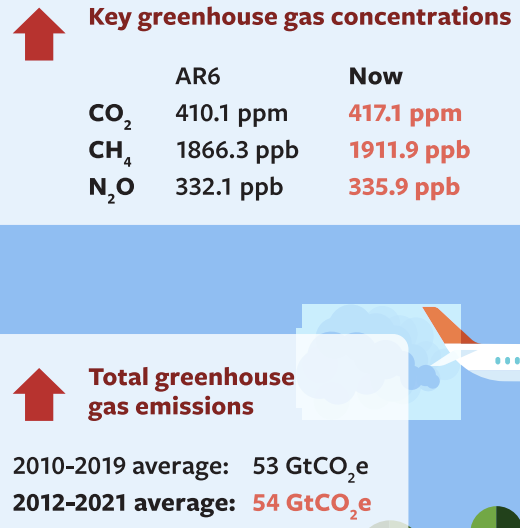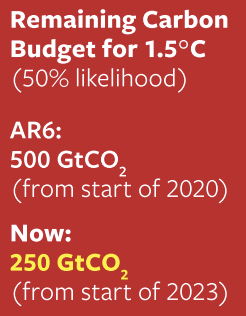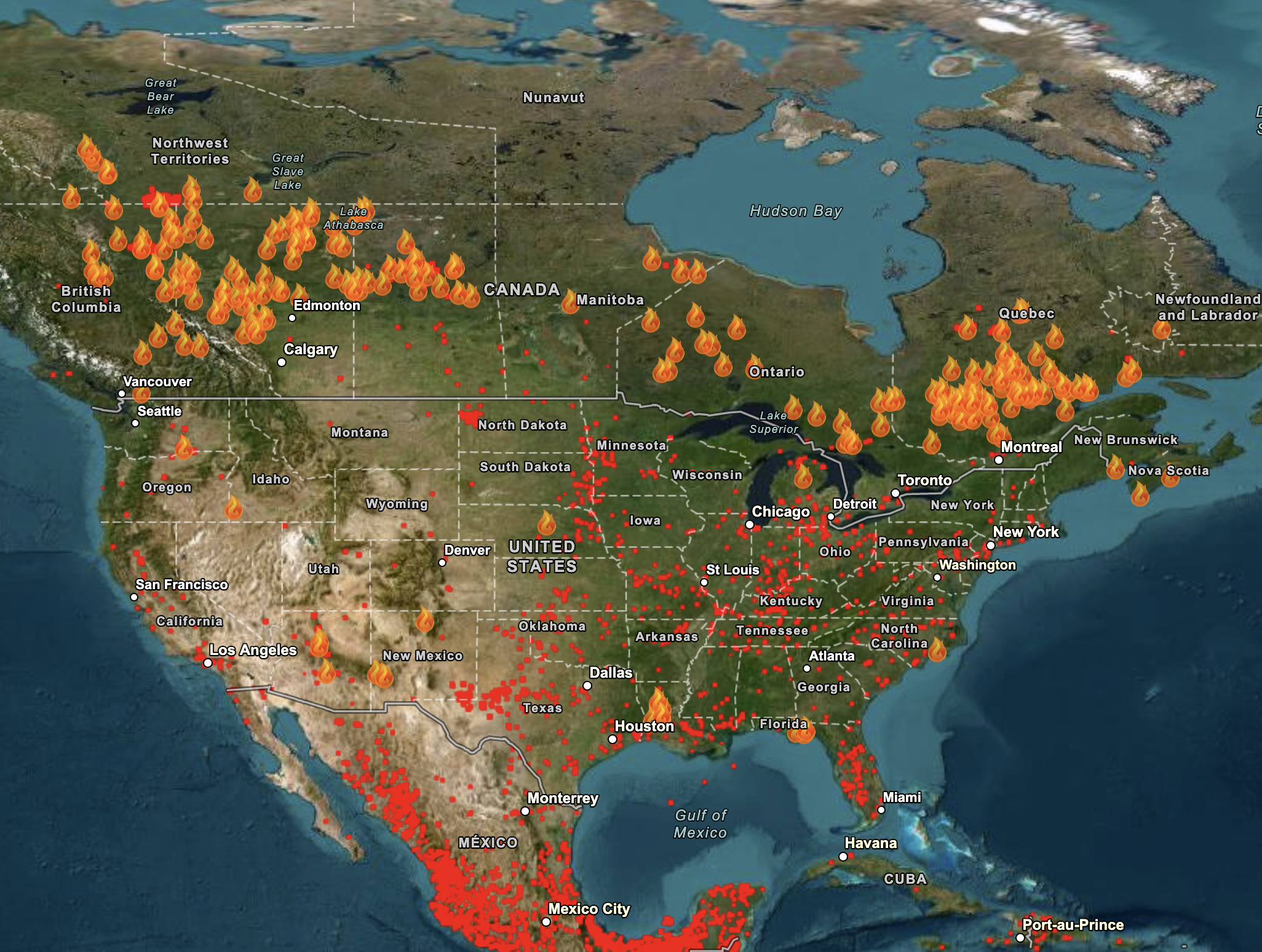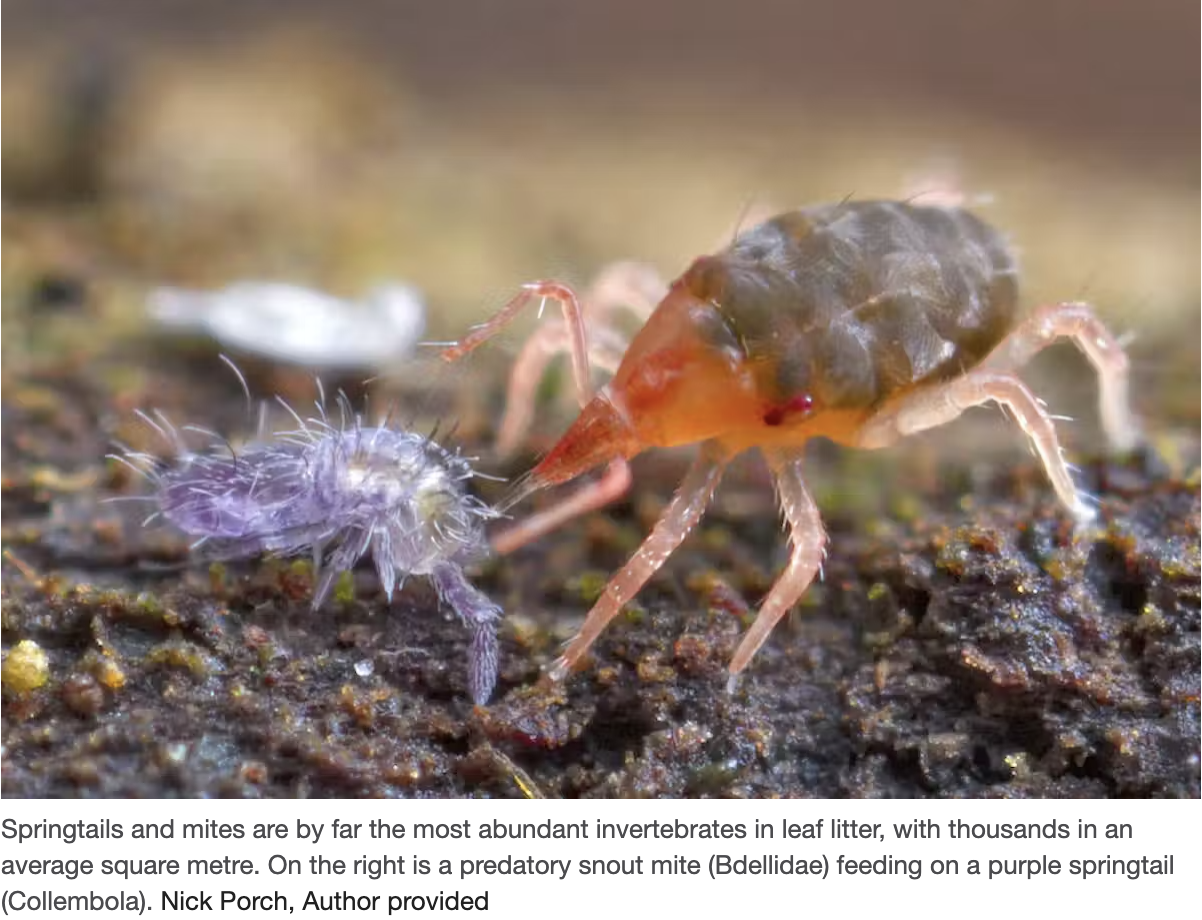Environment: Two years left for a decent chance of keeping warming under 1.5C
June 17, 2023
Scientists establish annual dashboard of indicators of climate change to guide policymakers. Bushfires fatal for humans and invertebrates. Commercial sponsors sought for Novembers COP meeting in Dubai.
Indicators of Global Climate Change (IGCC)
The six rounds of compendious scientific reports from the Intergovernmental Panel on Climate Change (IPCC) have been invaluable sources of information over the last thirty years. They are not without problems, however. Three of the main criticisms have been that many years elapse between the reports; that the reports rigorous production and review process renders them out of date by the time they are published; and that the scientists involved are inherently conservative and reluctant to go far out on a scientific or political limb. The most concerning issue, perhaps, is that the Summary for Policymakers, which is all that most people read, emerges from negotiations and compromises among the member nations of the UNFCCC and is a severely watered down version of the scientists own preferred text.
It is therefore great to see that about 50 scientists from 17 countries, all of who were associated with the most recent IPCC climate science report published in 2021, have taken the initiative and, using methods similar to the IPCC, have independently published their own set of climate indicators (IGCC) which they plan to update yearly.
Their first report documents that since 2021:
- annual total greenhouse gas (GHG) emissions have increased,
- concentrations of the three main GHGs in the atmosphere have increased, and
- the global mean surface temperatures across the whole world and over land have both increased further compared with the 1850-1900 average.
The temperature is currently increasing at over 0.2oC per decade, the highest rate of increase ever recorded.

The remaining carbon budget to keep warming under 1.5oC has halved between the beginning of 2020 and the beginning of 2023 and at current CO2 emission rates will be exhausted in 6 years. And thats for just a 50% chance of staying under 1.5, which the authors interestingly describe as a good chance.

Its all a matter of context, I suppose. A 1 in 2 chance of winning a game of cricket may seem OK but I like better than 1 in 2 when Im crossing the road. The budget for an 83% chance (being hit only once in every six crossings of the road) of staying under 1.5 will be gone about two years from now.
In a reader-friendly version of the work, the authors conclude that the rapid pace of climate change may mean that many natural and human systems will struggle to adapt. They emphasise the urgent need for strong and decisive action; action that is based on reliable and up-to-date scientific evidence, which they hope their yearly updates will provide to policymakers.
Focusing on the immediate priority, according to the most recent IPCC report (Table XX), for a 1 in 2 chance of keeping global warming under 1.5oC, emissions of CO2 must be reduced by just under 50% by 2030 compared with levels in 2019. As emissions have increased slightly since 2019, that now requires a reduction of about 10% per year for the next 7 years. The emission reductions needed for all GHGs are very similar to all intents and purposes.
Some climate activists argue that, as it is still technically possible to keep warming under 1.5oC (which I dont disagree with), we must keep the goal of 1.5 alive. Saying that horse has already bolted, the believe, takes the pressure off the politicians to do what is necessary and will breed disenchantment within the climate movement. TOSH is what I say. Lets be honest with ourselves and with the general public. There is no way that the political decisions necessary to bring about a precipitous reduction in greenhouse gas emissions will be made in the next couple of years. 1.5 is dead. Lets move on and focus on the goal of keeping warming under a still achievable 2oC, or even 1.8 or 1.7. But dump the fiction of 1.5. It was still politically feasible in 2015 when it was tentatively agreed in Paris but not eight years later when the emissions situation is worse and there is still no prospect of any real political will to change see COPs for sale below for one trivial but telling indication.
All animals are insects
or at least thats a good approximation based on the numbers.
Two Australian academics have written a tremendous, must-read article in The Conversation about the more than 60 billion invertebrates that were incinerated in the bushfires that raged across the warm temperate rainforests of northern Victoria and southern NSW in 2019/20.
Invertebrates live in the soil and leaf litter where they recycle nutrients by eating dead leaves and other organic matter to create rich soil. They also provide food for vertebrates - mammals, reptiles and birds. Without invertebrates leaf litter would accumulate and increase the risk of future bushfires. They are essential but often overlooked elements of ecosystems.
A forest without invertebrates is like Christmas without a pudding and a large reduction in the number of invertebrates can delay the recovery of a forests flora and fauna. Their numbers dont always bounce back spontaneously after a fire, however, especially where all the leaf litter has burnt. This is particularly a problem for non-flying invertebrates. To assist regeneration, leaf litter transplants are being used to move invertebrates from healthy, unburnt, nearby forests to recovering ones.
60 billion is a lot to lose but rainforests made up only 1% of the forests burnt that summer. Total invertebrate losses may have been closer to 6 trillion. And that excludes mites and springtails which account for 95% of all individual invertebrates. Include them and the number lost sores to 120 trillion.
North Americas wildfires
I imagine that everyone is aware of the devastating wildfires currently raging across much of North America including the USA and Mexico, not just Canada and the resulting air pollution. The map below is a snapshot of the large fires and fire hot spots on June 14th.

One of the main components of the air pollution is PM2.5, small particulate matter produced by burning organic materials (broadly smoke). It is extremely damaging to human health. Smoke exposure from the 2019/20 Australian bushfires affected about 80% of the population, caused over 400 deaths and over 3,000 hospital admissions, and cost the health system almost $2 billion.
World-wide, tree cover loss due to fires has been increasing fairly steadily during this century and is now responsible for about a third of all forest loss. In the early years of the century it averaged around 4 million hectares per year but now is more like 8-9 million. Non-fire related loss is attributable to land clearing and natural causes such as wind.

COPs for sale
COP28, to be held in Dubai in the United Arab Emirates in November, was the subject of concern a few weeks ago when the UAE appointed Sultan Ahmed al Jaber, a senior UAE oil executive, as the COP Chair.
Controversy continues with conference organisers now inviting commercial interests to stump up millions of pounds to sponsor the event and benefit from access and unrivalled networking opportunities with governments and global business leaders. In total the conference is looking for over 25 million from companies, with the 6.5 million top package promising a speaking opportunity in the COP28 UAE presidency events [and] partner recognition on the trophy wall, plus accredited access to the negotiating zone. We can all relax though, potential sponsors will be required to meet rigorous environmental criteria.
Bearing in mind that the COP is supposed to be about the nations of the world coming together once a year to prevent an environmental, health and social catastrophe of epic proportions, doesnt it seem just a little odd that they are going cap in hand to the private sector to ask them to pay for the room hire and morning teas? Along with avoiding nuclear war, this is the most important challenge the worlds governments have collectively faced since the end of World War II and they cant find 25 million!?!
The worlds ten richest nations have a current GDP of approximately 56 trillion pounds. Surely they could have a quick whip round and raise a paltry 25 million. The UAE itself has a GDP of 400 billion from all its oil and it cant find 25 million? Albo, heres a chance to make a hero of yourself offer to contribute the 25 mill from our own GDP of approximately 1.4 trillion. Or perhaps Twiggy Forest and Mike Cannon-Brookes could form a philanthropic duopoly and make a no-strings donation of 25 million.
Maybe its got nothing to do with the money at all. Maybe its all about providing a gossamer-thin film of legitimacy to insider trading between the governments of wealthy and fossil-fuel rich countries and the trans-national corporations that control IT, fossil fuels, agriculture and food, arms production, etc.
Heres a list of the COPs main partners (in crime) last year in Egypt.
Climate quitters
The triggers vary from person to person but eventually some fossil fuel employees cannot tolerate any longer the conflict between their values and their work they quit. The archetypical story is a sharpening awareness of the climate threat, mounting dissonance between this and their daily work, attempting change from within, until finally an epiphany that change is impossible and the ultimate decision: to quit. All this can be part of a profound moral awakening, starting with a sense of personal culpability.
Some dont just leave the fossil fuel industry, they put their skills and knowledge to good use and become employees of organisations fighting to protect the planet. This is good except that I hope environmental organisations are on their guard against employing people who appear to be genuine defectors but are really spies. Im sure that no tricks are too dirty for the fossil fuel industry.
(Just to be absolutely clear, I am not for one moment doubting the credentials of the individuals featured in the linked article.)
Springtails and mites
Just in case you dont know what these look like


